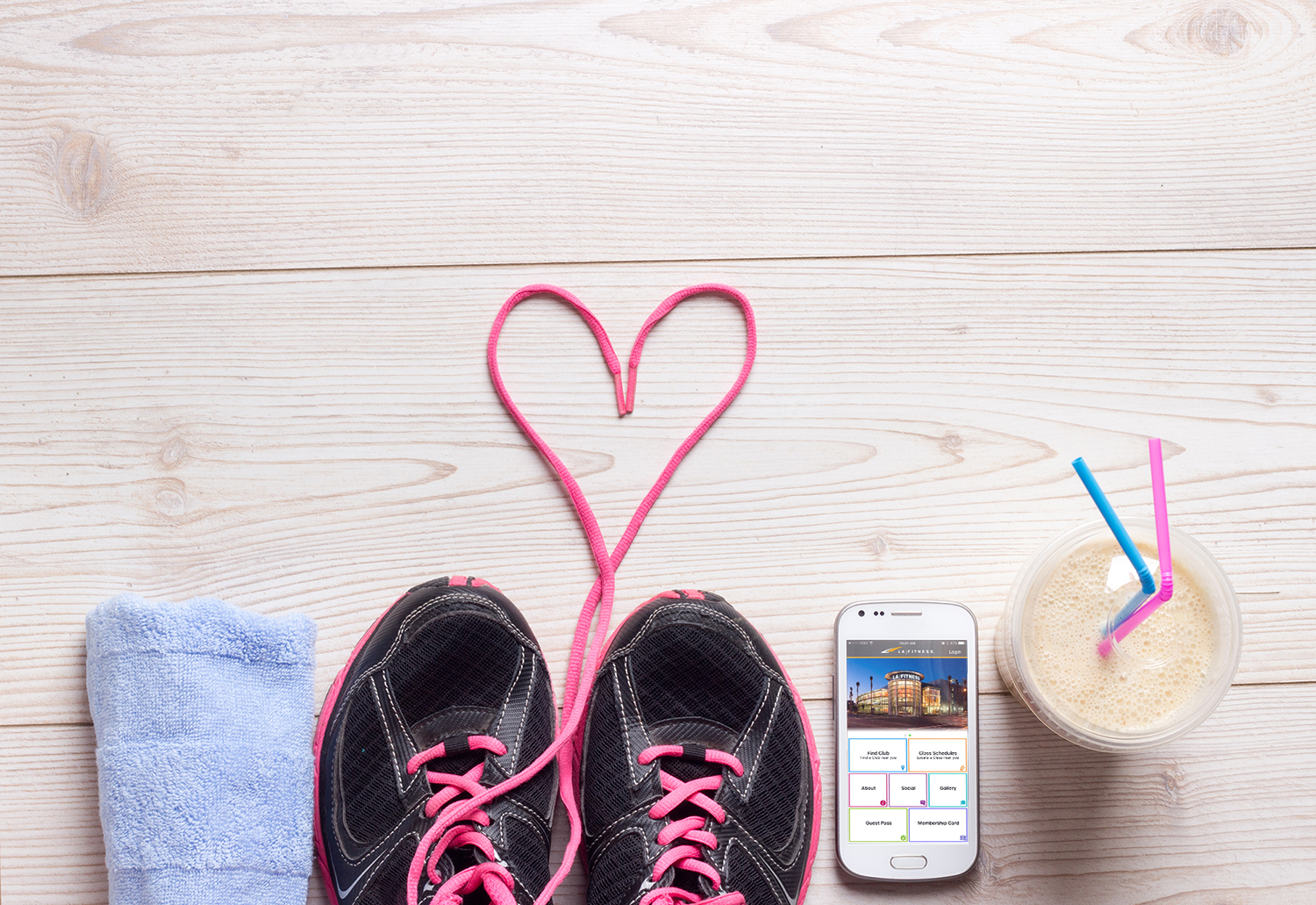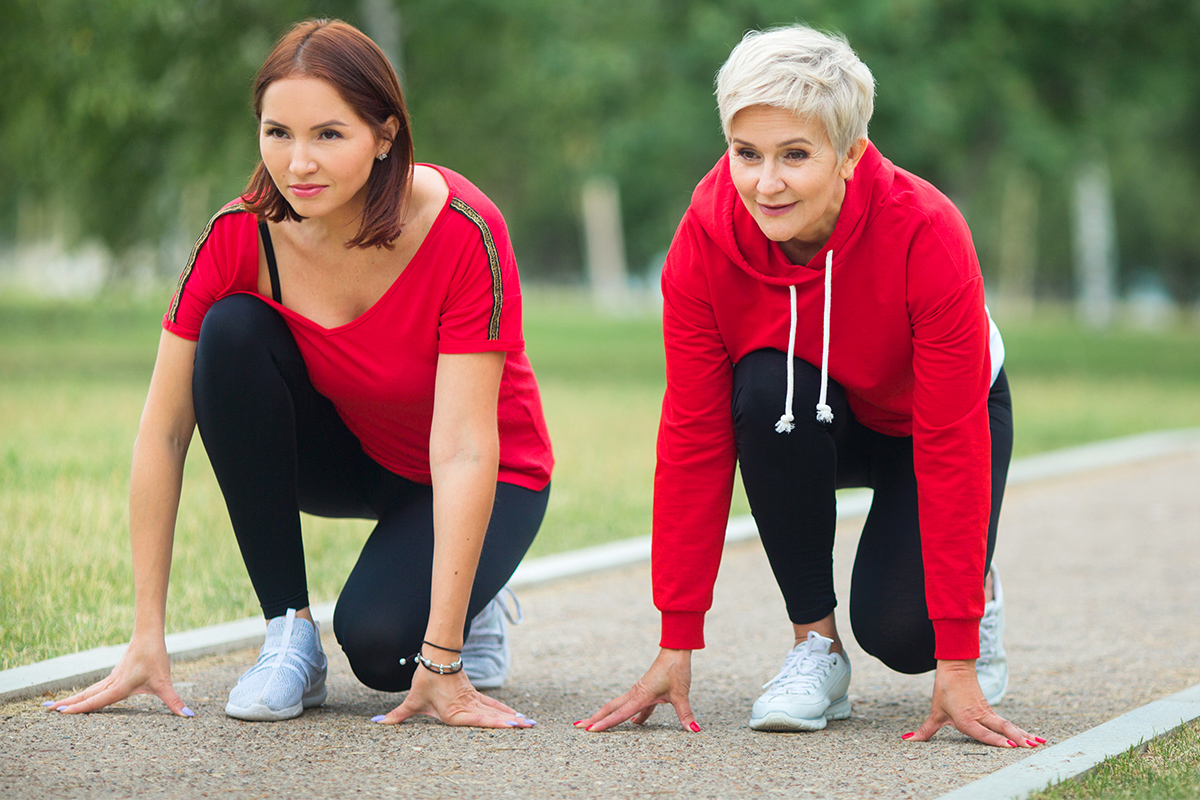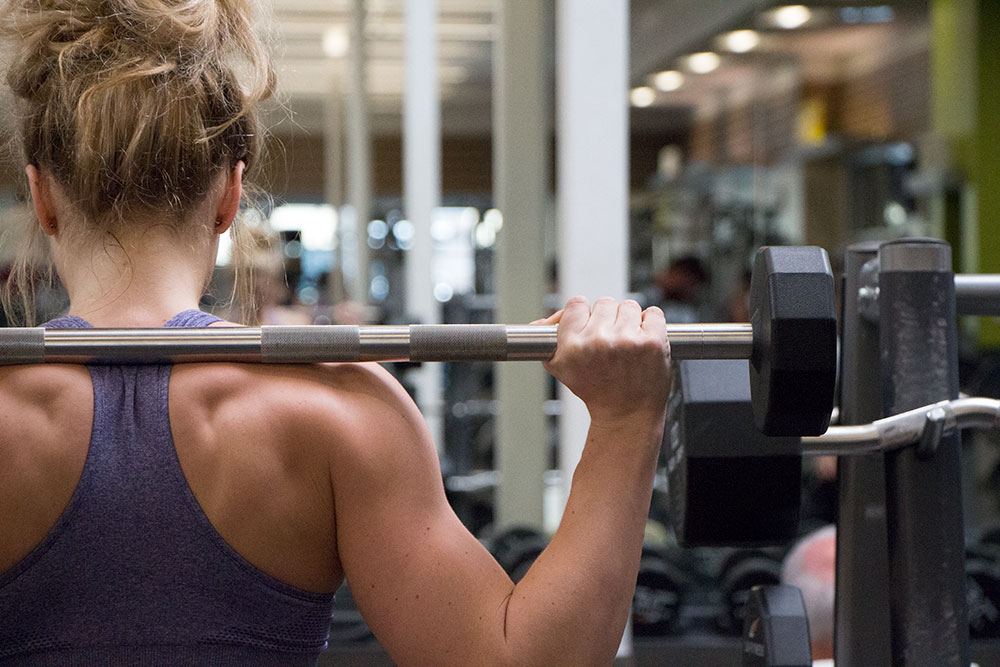What’s the difference between juicing and blending? Click to find out and to get some delicious and nutritious ingredient ideas!

Gastroparesis & Diet | Q+A

Question:
I have gastroparesis*. What should I eat for breakfast before I go to the gym to work out?
– Judy P.
*Gastroparesis is a disease of the muscles of the stomach or the nerves controlling the muscles that causes the muscles to stop working.

Answer:
You’ll want to eat sooner and give yourself time to digest. Depending on your individual symptoms:
With impaired stomach emptying, liquids are preferable before a workout. Perhaps a protein shake or a smoothie made with fruit and yogurt.
With impaired gut motility, low-volume easily-digested matter is best. Try natural applesauce, plain pretzels or a bowl of puffed rice.
Be sure to have a carbohydrate electrolyte beverage (traditional sports drink) on hand during workouts lasting over an hour.
– Debbie J., MS, RD
Want more? SUBSCRIBE to receive the latest Living Healthy articles right in your inbox!
This article should not replace any exercise program or restrictions, any dietary supplements or restrictions, or any other medical recommendations from your primary care physician. Before starting any exercise program or diet, make sure it is approved by your doctor.
Some questions have been edited for length and/or clarity.
Ask our Dietitian
 Have a nutrition question? Our registered dietitian is ready to help!
Have a nutrition question? Our registered dietitian is ready to help!
Email nutrition@lafitness.com or submit your question below and it may be featured in an upcoming article!
Recommended Reading
Which Supplements Can I Take as a Diabetic? | QA
Debbie James, RDN, helps answer a reader’s question about safe supplements for diabetics that still support weight training.
Fitness Changes: By Age
When does the body really start to experience physical limitations, and how does our age affect our fitness endeavors? Let’s find out.












